Home>Construction & Tools>Building Materials>How To Remove Graffiti From Brick
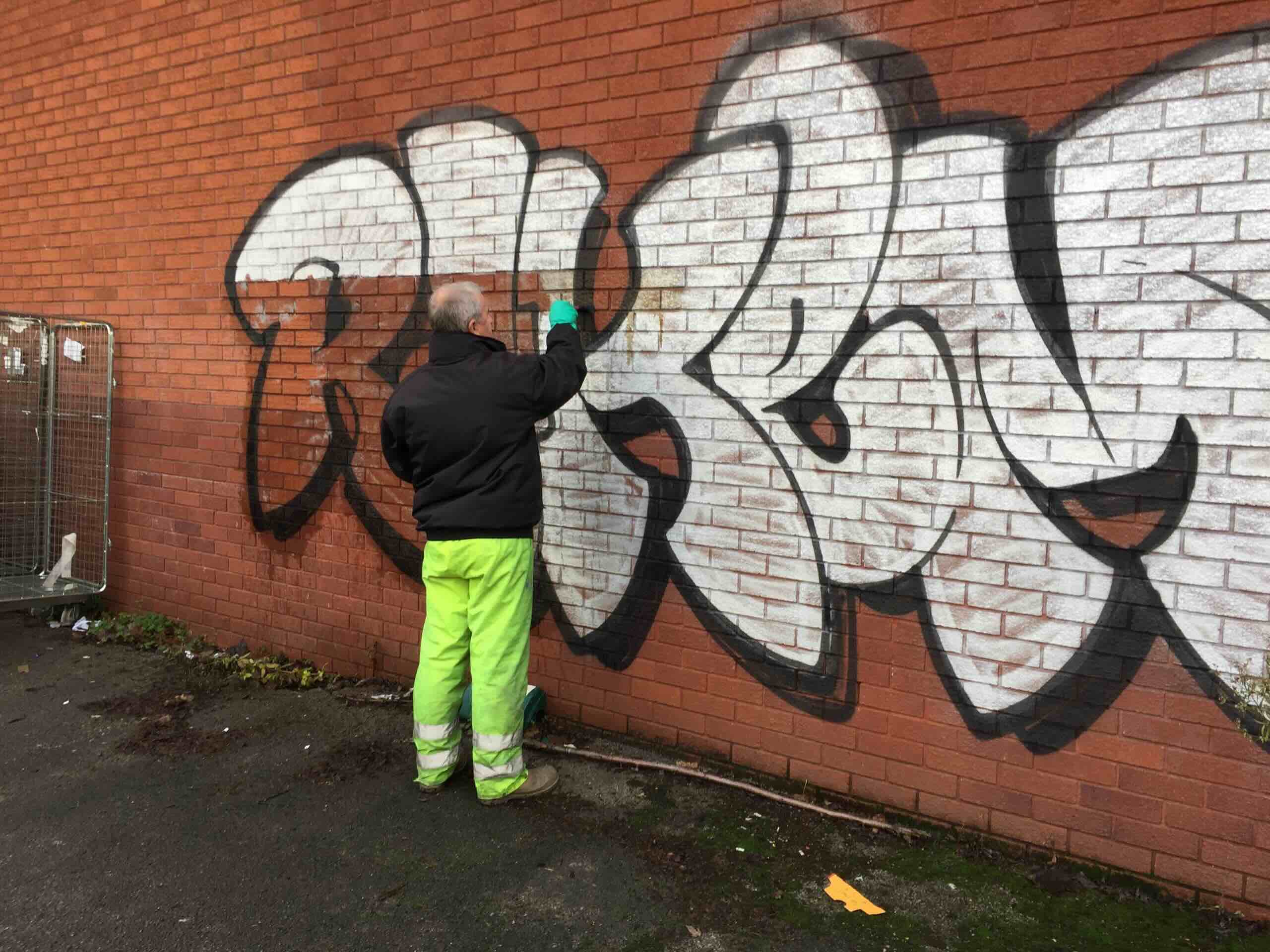

Building Materials
How To Remove Graffiti From Brick
Published: January 23, 2024
Learn effective methods for removing graffiti from brick surfaces. Discover safe and efficient techniques using common building materials. Protect the integrity of your brick exteriors with expert tips.
(Many of the links in this article redirect to a specific reviewed product. Your purchase of these products through affiliate links helps to generate commission for Storables.com, at no extra cost. Learn more)
**
Introduction
**
Graffiti on brick surfaces can be a frustrating sight for property owners. Whether it's an expressive mural or an unwanted eyesore, removing graffiti from brick requires careful consideration and the right approach to avoid causing damage to the underlying surface. In this comprehensive guide, we will delve into the various methods for effectively removing graffiti from brick while preserving the integrity of the material. By understanding the type of graffiti, assessing the extent of the damage, and selecting the appropriate cleaning method, you can restore the natural beauty of your brick surfaces and prevent future incidents. Let's explore the intricacies of graffiti removal from brick and equip ourselves with the knowledge to tackle this challenge with confidence.
Key Takeaways:
- Understanding the type of graffiti is crucial for safe and effective removal from brick surfaces. Different graffiti types require specific cleaning methods to preserve the integrity of the brick.
- Thorough assessment, proper cleaning method selection, and preventive measures are essential for successful graffiti removal and long-term protection of brick surfaces.
Read more: How To Remove Graffiti From Glass
Understanding the type of graffiti
Before embarking on the graffiti removal process, it is crucial to understand the nature of the graffiti itself. Graffiti can vary widely in composition, ranging from spray paint and markers to stickers and adhesives. Each type of graffiti may require a different approach for effective removal without causing damage to the brick surface.
Spray paint: This is one of the most common forms of graffiti found on brick walls. Spray paint graffiti can penetrate deeply into the porous surface of the brick, making it more challenging to remove. Additionally, the composition of the spray paint, such as oil-based or water-based, can influence the choice of cleaning agents and methods.
Markers and pens: Graffiti created using markers or pens may not penetrate as deeply into the brick surface as spray paint, but it can still present a significant challenge for removal. Depending on the type of ink and the duration of exposure, markers and pens may leave stubborn stains on the brick.
Stickers and adhesives: Some forms of graffiti involve the use of stickers or adhesives, which can leave behind residue and adhesive marks on the brick surface. Removing stickers and their adhesive components requires a gentle approach to avoid causing damage.
By identifying the type of graffiti present on the brick surface, property owners can better assess the appropriate removal methods and select the most suitable cleaning agents. Understanding the characteristics of the graffiti is the first step toward successful removal while safeguarding the integrity of the brick.
Assessing the extent of the damage
Before initiating the graffiti removal process, it is essential to assess the extent of the damage caused to the brick surface. This evaluation involves examining the depth of penetration, the duration of exposure, and any existing protective coatings or sealants that may impact the removal process.
Depth of penetration: Determining how deeply the graffiti has penetrated the brick surface is crucial for selecting the appropriate cleaning method. While some graffiti may only affect the outer layer of the brick, others can permeate deeper into the porous material, making removal more challenging. Understanding the depth of penetration guides the choice of cleaning agents and techniques to effectively eliminate the graffiti without causing harm to the underlying brick.
Duration of exposure: The length of time the graffiti has been present on the brick surface can also influence the removal process. Fresh graffiti may be more responsive to cleaning methods, while older, weathered graffiti may require more intensive and time-consuming approaches. Additionally, prolonged exposure to the elements can exacerbate the adhesion of the graffiti, necessitating careful consideration during the assessment phase.
Protective coatings and sealants: In some cases, the brick surface may have been treated with protective coatings or sealants to enhance durability and resistance to external elements. Assessing the presence and condition of these coatings is vital, as the removal process should not compromise their integrity. Certain cleaning agents and techniques may interact adversely with protective coatings, potentially leading to unintended damage.
By thoroughly evaluating the depth of penetration, the duration of exposure, and the presence of protective coatings, property owners can gain valuable insights into the best approach for graffiti removal from brick surfaces. This assessment sets the stage for a targeted and effective cleaning process, minimizing the risk of damage and maximizing the restoration of the brick's appearance.
Choosing the right cleaning method
When it comes to removing graffiti from brick surfaces, selecting the appropriate cleaning method is paramount to achieving successful and safe results. The choice of cleaning method depends on various factors, including the type of graffiti, the porosity of the brick, and the presence of any protective coatings. Let’s explore some effective cleaning methods tailored to different graffiti scenarios:
Chemical cleaners: Chemical cleaners formulated specifically for graffiti removal can be highly effective, particularly for addressing spray paint and ink-based graffiti. These cleaners are designed to break down the graffiti compounds without causing harm to the underlying brick. It is crucial to select a chemical cleaner that is suitable for use on brick surfaces and to follow the manufacturer’s instructions meticulously to ensure safe and effective application.
Pressure washing: In cases where the graffiti is relatively fresh and has not deeply penetrated the brick, pressure washing can be a viable cleaning method. The high-pressure water stream can dislodge and remove surface-level graffiti without the need for harsh chemicals. However, it is essential to exercise caution when using pressure washing, as excessive pressure or improper technique can damage the brick surface.
Abrasive methods: For stubborn graffiti or instances where gentler methods prove ineffective, abrasive cleaning techniques such as sandblasting or soda blasting may be considered. These methods involve using abrasive materials or media propelled at high speeds to remove graffiti from the brick surface. While effective, abrasive methods should be approached with care to prevent unintended damage to the brick.
Heat-based removal: Heat-based graffiti removal techniques, such as the use of infrared heat or steam, can be particularly useful for removing adhesive-based graffiti, stickers, and certain types of paint. The application of controlled heat can soften the graffiti compounds, facilitating their removal without causing damage to the brick substrate.
By carefully assessing the type of graffiti, the condition of the brick surface, and the available resources, property owners can make informed decisions when choosing the most suitable cleaning method. Each approach has its advantages and considerations, and selecting the right cleaning method is a crucial step toward achieving optimal results while safeguarding the integrity of the brick.
Use a pressure washer with a graffiti remover solution to clean the brick. Start with a low pressure setting and gradually increase if needed. Always test a small area first to ensure it doesn’t damage the brick.
Preparing the cleaning solution
Before embarking on the graffiti removal process, it is essential to prepare a suitable cleaning solution tailored to the specific type of graffiti and the characteristics of the brick surface. The choice of cleaning agents and the formulation of the cleaning solution play a pivotal role in ensuring effective removal while minimizing the risk of damage to the brick.
Selecting the appropriate cleaning agent: Depending on the type of graffiti present on the brick surface, different cleaning agents may be required. For spray paint graffiti, solvent-based cleaners designed for graffiti removal can be effective. Water-based graffiti may respond well to alkaline or acidic cleaners. It is crucial to choose a cleaning agent that is compatible with the composition of the graffiti and safe for use on brick surfaces.
Dilution and formulation: Once the suitable cleaning agent is selected, it is important to follow the manufacturer’s guidelines for dilution and formulation. Carefully measuring and mixing the cleaning agent according to the recommended ratios ensures that the solution is potent enough to break down the graffiti compounds while minimizing the risk of adverse effects on the brick. Proper formulation also contributes to the overall safety and effectiveness of the graffiti removal process.
Testing and spot treatment: Prior to applying the cleaning solution to the entire graffiti-affected area, conducting a small-scale test and spot treatment is advisable. This involves applying the cleaning solution to a discreet section of the brick to assess its impact on both the graffiti and the brick surface. Spot treatment allows property owners to gauge the effectiveness of the cleaning solution and identify any potential adverse reactions before proceeding with full-scale removal.
Protective measures: When preparing the cleaning solution, it is essential to take appropriate protective measures, including wearing gloves, safety goggles, and, if necessary, respiratory protection. Some cleaning agents may emit fumes or pose skin and eye irritants, emphasizing the importance of safeguarding personal safety during the preparation and application of the cleaning solution.
By meticulously preparing the cleaning solution, property owners can set the stage for a targeted and effective graffiti removal process. The right formulation, proper dilution, and adherence to safety protocols contribute to the successful eradication of graffiti while preserving the integrity of the brick surface.
Read more: How To Remove Stains From Brick
Applying the cleaning solution
Once the appropriate cleaning solution has been prepared, the method of application plays a crucial role in the effectiveness of the graffiti removal process. Proper application techniques ensure thorough coverage of the affected areas while minimizing the risk of damage to the brick surface. Here are key considerations for applying the cleaning solution:
Even application: Whether using a brush, sponge, or sprayer, it is important to apply the cleaning solution evenly across the graffiti-affected areas. Ensuring consistent coverage helps maximize the contact between the cleaning agent and the graffiti, enhancing the breakdown and removal of the unwanted markings.
Dwell time: Allowing the cleaning solution an adequate dwell time is essential for its active ingredients to penetrate and break down the graffiti compounds. The recommended dwell time varies depending on the type of cleaning agent and the nature of the graffiti. Property owners should refer to the product instructions to determine the appropriate duration for the cleaning solution to remain in contact with the graffiti before proceeding to the next step.
Agitation, if necessary: In some instances, gently agitating the cleaning solution on the graffiti-affected areas can aid in loosening the graffiti compounds and enhancing the cleaning process. This can be achieved through light scrubbing with a soft-bristled brush or sponge, taking care not to apply excessive force that could damage the brick surface.
Temperature considerations: Ambient temperature can impact the effectiveness of the cleaning solution. In colder conditions, the activity of some cleaning agents may be diminished, requiring longer dwell times or additional applications. Conversely, in hot and sunny conditions, the evaporation of the cleaning solution may occur more rapidly, necessitating prompt rinsing to prevent potential residue and streaking.
Safety precautions: During the application of the cleaning solution, it is crucial to adhere to safety precautions, including wearing appropriate protective gear and ensuring proper ventilation in the work area. Some cleaning agents may emit fumes or pose skin and respiratory irritants, underscoring the importance of safeguarding personal safety throughout the application process.
By following best practices for applying the cleaning solution, property owners can optimize the effectiveness of the graffiti removal process while maintaining the integrity of the brick surface. Even application, mindful dwell time, and adherence to safety measures contribute to a successful and safe cleaning endeavor.
Rinsing and drying the brick surface
Following the application of the cleaning solution and the breakdown of the graffiti compounds, thorough rinsing and drying of the brick surface are essential to complete the graffiti removal process and restore the natural appearance of the brick. Proper rinsing and drying procedures ensure the removal of residual cleaning agents and any remaining traces of graffiti, setting the stage for a clean and rejuvenated surface.
Rinsing techniques: Depending on the cleaning method and the nature of the cleaning solution used, rinsing the brick surface may involve using a gentle stream of water from a hose, pressure washing at a low setting, or employing a sponge or cloth soaked in clean water. The goal is to thoroughly rinse off the cleaning solution and any loosened graffiti residues without subjecting the brick to excessive force or moisture that could impede the drying process.
Multiple rinse cycles: In cases where particularly stubborn graffiti or deeply penetrated stains are being addressed, multiple rinse cycles may be necessary to ensure complete removal. Conducting successive rinse cycles allows property owners to assess the progress of the graffiti removal and identify any areas that require additional attention before proceeding to the drying phase.
Drying considerations: Once the brick surface has been thoroughly rinsed, allowing it to dry completely is crucial. Natural air drying is typically the preferred method, as it minimizes the risk of damage associated with excessive heat or forceful drying techniques. In instances where expedited drying is desired, using fans or ensuring adequate ventilation can accelerate the drying process without compromising the integrity of the brick.
Inspection and touch-ups: After the brick surface has dried, conducting a comprehensive inspection is recommended to ensure that all traces of graffiti and cleaning agents have been successfully removed. Any residual markings or areas requiring additional attention can be addressed through targeted spot treatments or supplementary cleaning as needed.
By meticulously rinsing and drying the brick surface, property owners can bring the graffiti removal process to its culmination, unveiling a clean, revitalized, and graffiti-free brick surface. Thorough rinsing, mindful drying techniques, and meticulous inspection contribute to the successful restoration of the brick’s natural appearance.
Preventing future graffiti incidents
While successfully removing graffiti from brick surfaces is a significant achievement, taking proactive measures to prevent future incidents is equally crucial. Implementing preventive strategies can help safeguard the aesthetic appeal of the brick and minimize the likelihood of recurring graffiti. Here are key considerations for preventing future graffiti incidents:
Protective coatings and sealants: Applying protective coatings or sealants specifically designed for brick surfaces can serve as a deterrent against graffiti. These coatings create a protective barrier that makes it more challenging for graffiti to adhere to the brick, thereby deterring vandals and simplifying the removal of any attempted graffiti.
Surveillance and lighting: Installing surveillance cameras and adequate lighting in areas prone to graffiti can act as a deterrent by increasing the risk of detection for individuals attempting to deface the brick surfaces. Visible security measures can dissuade vandals and contribute to a safer and more secure environment.
Community involvement and maintenance: Engaging the local community in the upkeep and maintenance of public and private brick surfaces can foster a sense of ownership and pride, encouraging community members to actively discourage graffiti and report any instances of vandalism. Regular maintenance and prompt removal of any new graffiti can help maintain the integrity of the brick surfaces.
Anti-graffiti coatings and films: Anti-graffiti coatings and films provide an additional layer of protection against graffiti. These specialized coatings are designed to facilitate the easy removal of graffiti by creating a sacrificial layer that can be peeled or washed away, minimizing the impact of graffiti attempts and simplifying the cleaning process.
Educational initiatives: Educating the community, particularly young individuals, about the impact of graffiti on public and private property can foster a greater sense of respect for the environment and discourage vandalism. Collaborating with local schools and organizations to raise awareness about the consequences of graffiti can contribute to a culture of respect and responsibility.
By proactively implementing preventive measures and engaging the community in the preservation of brick surfaces, property owners can reduce the likelihood of future graffiti incidents and maintain the visual appeal of their properties. A multifaceted approach encompassing protective coatings, surveillance, community involvement, and education can contribute to a more resilient defense against graffiti.
Frequently Asked Questions about How To Remove Graffiti From Brick
Was this page helpful?
At Storables.com, we guarantee accurate and reliable information. Our content, validated by Expert Board Contributors, is crafted following stringent Editorial Policies. We're committed to providing you with well-researched, expert-backed insights for all your informational needs.
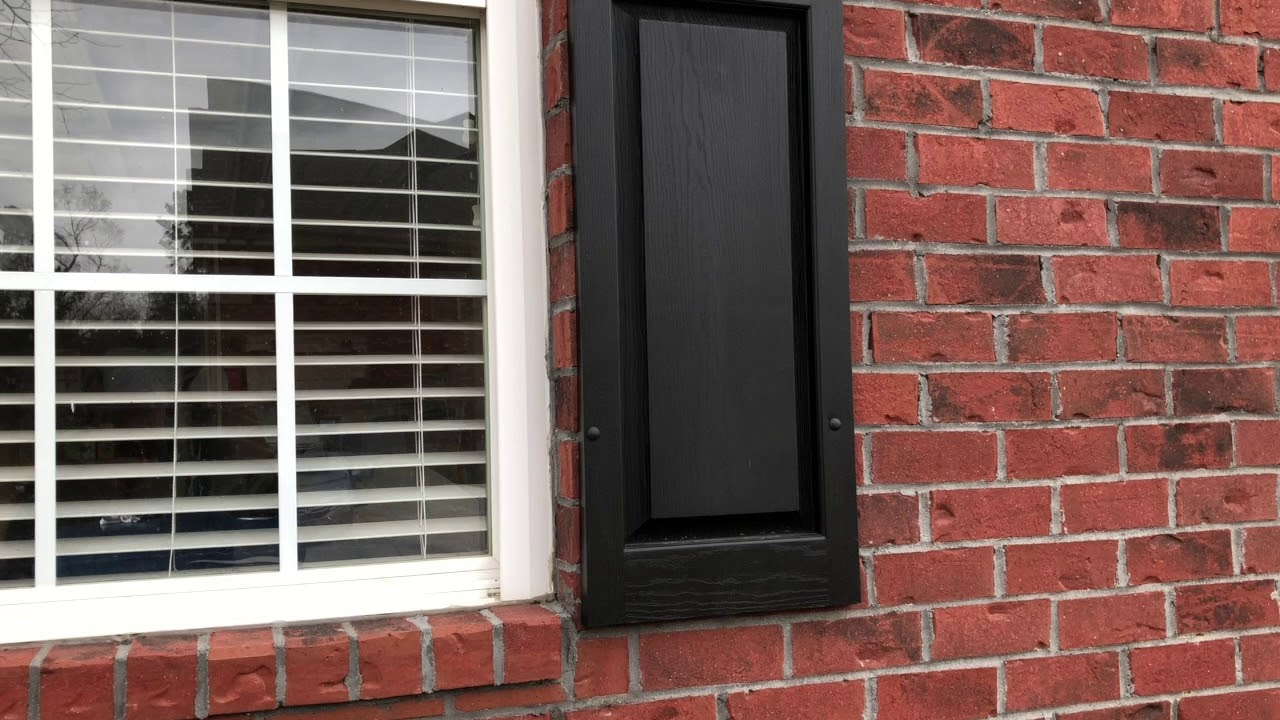
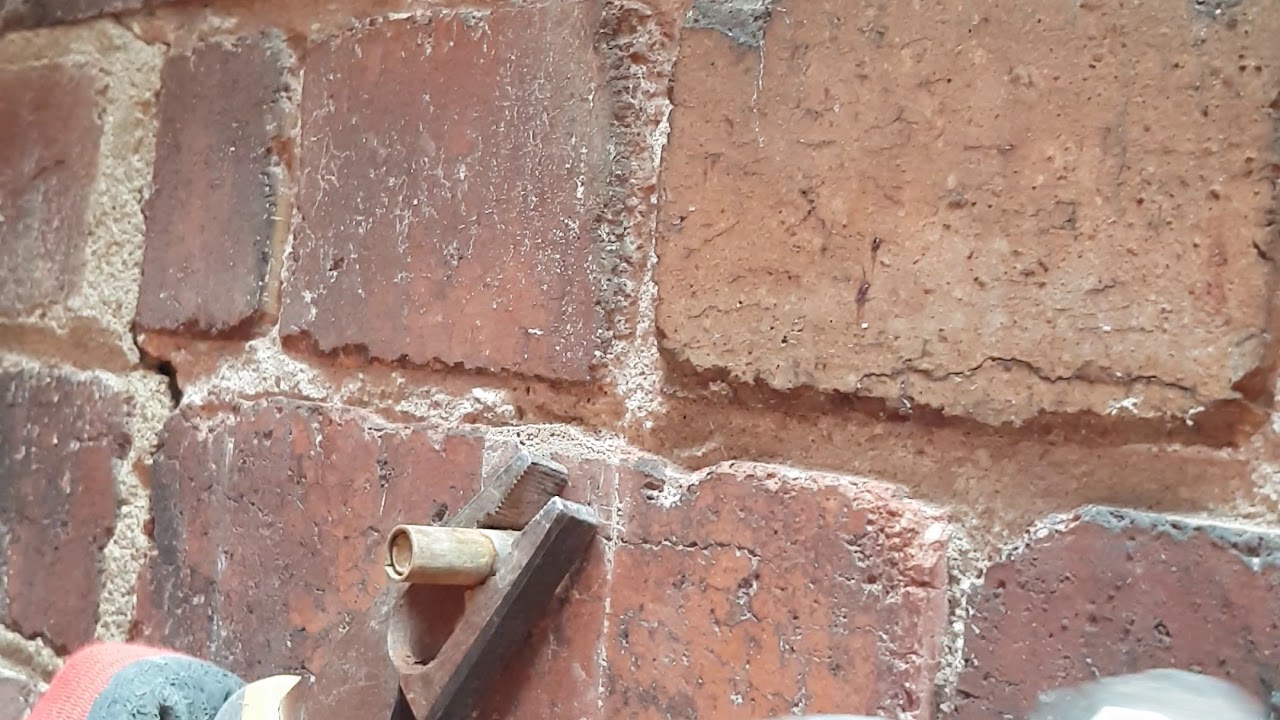
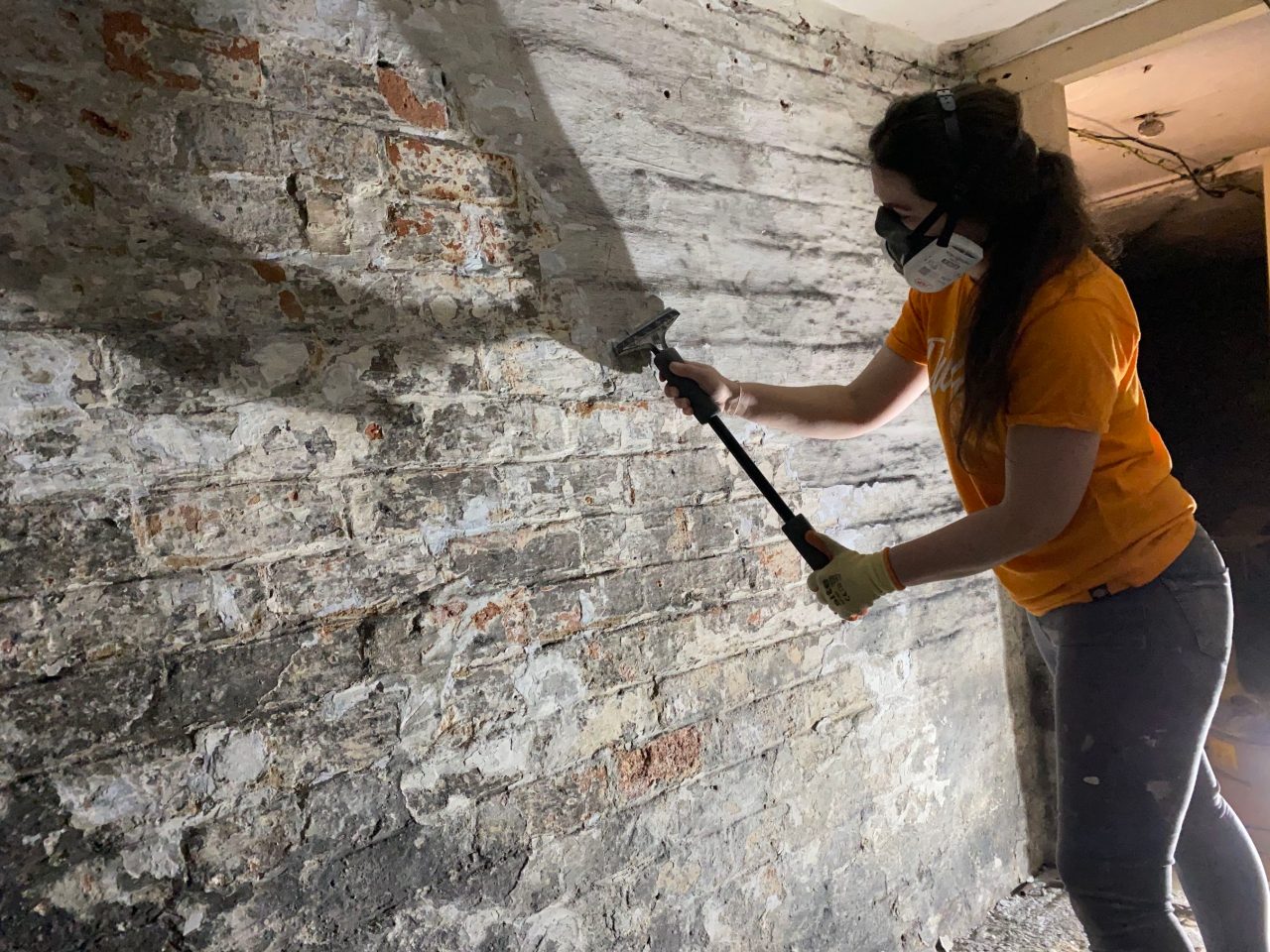
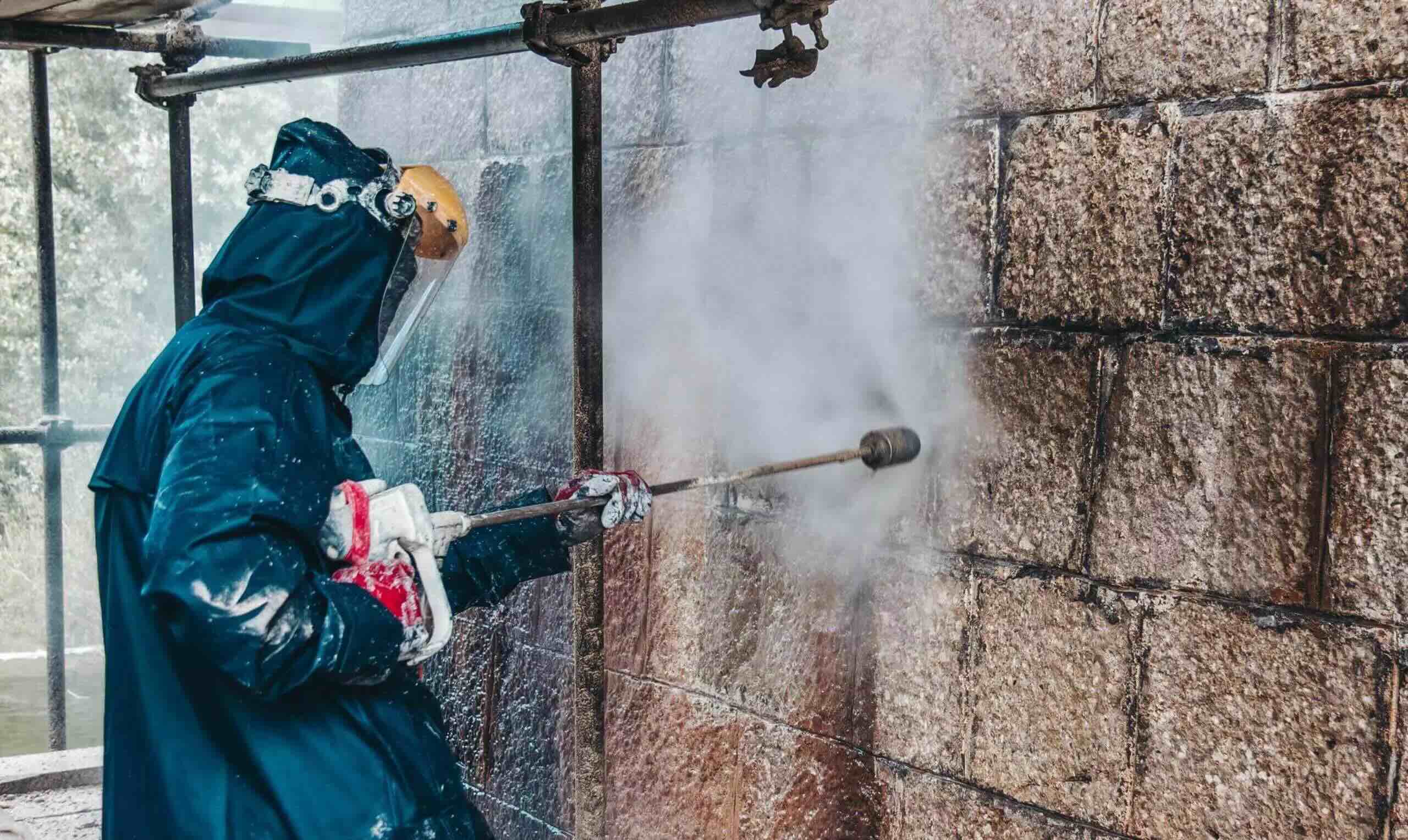
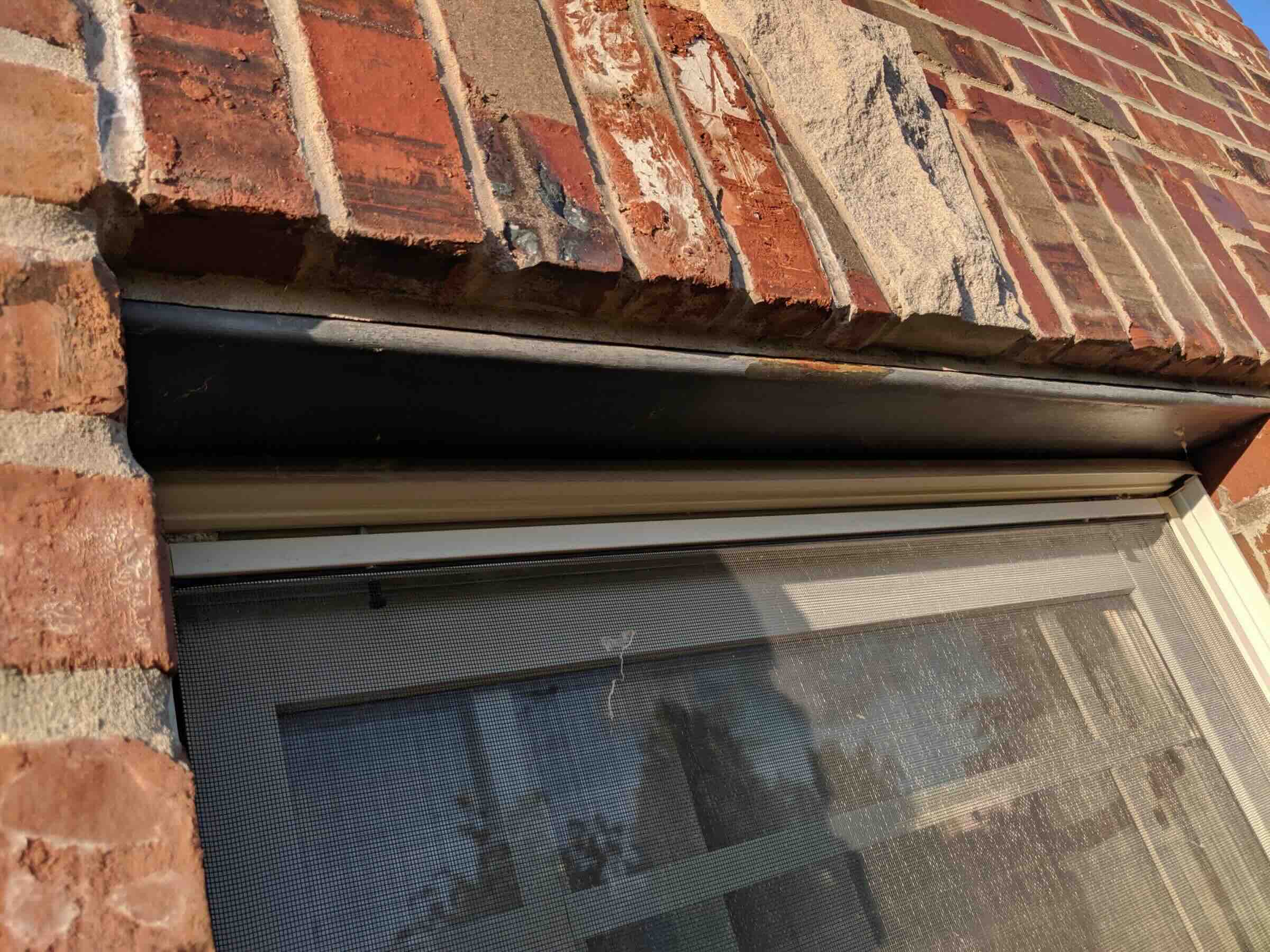

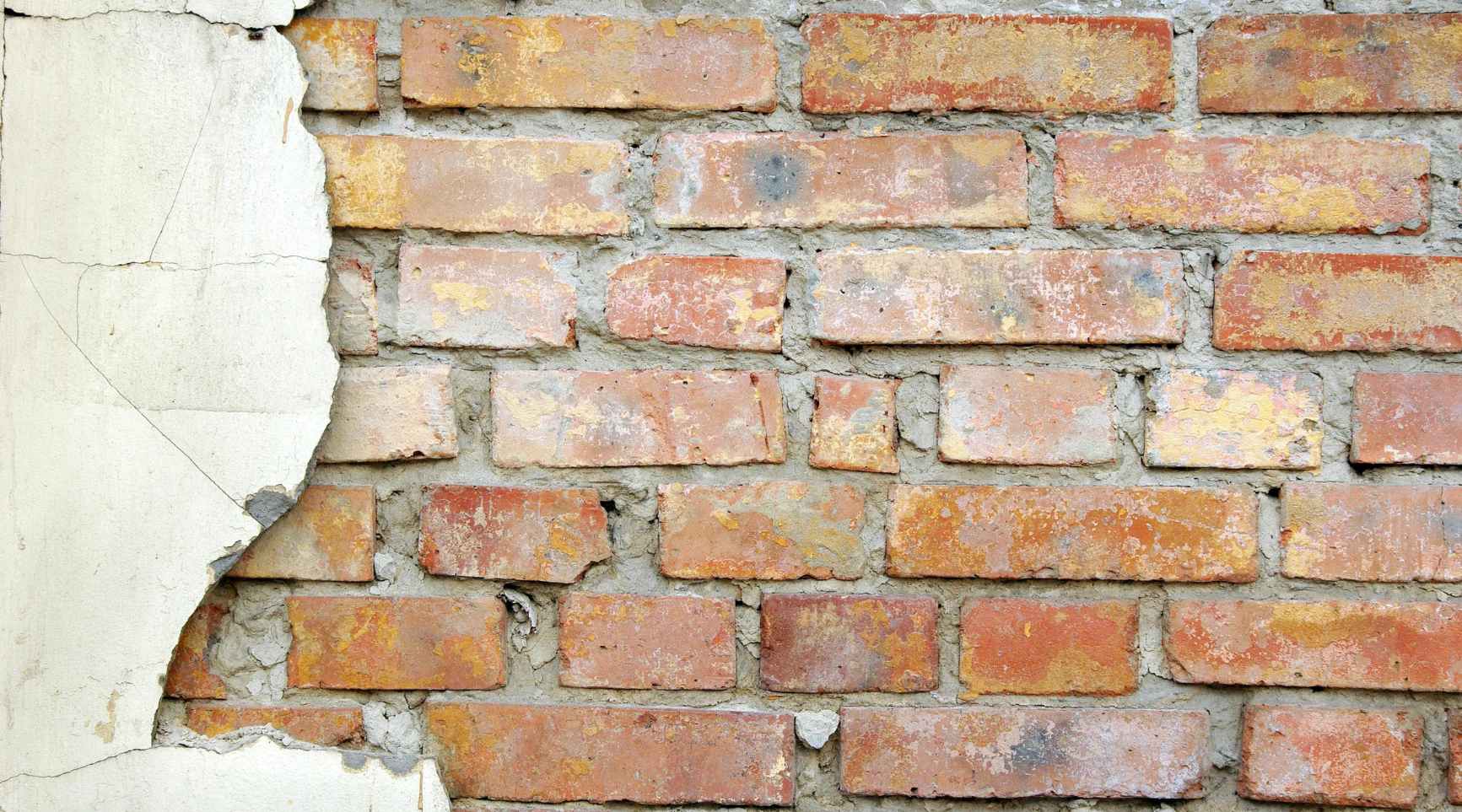
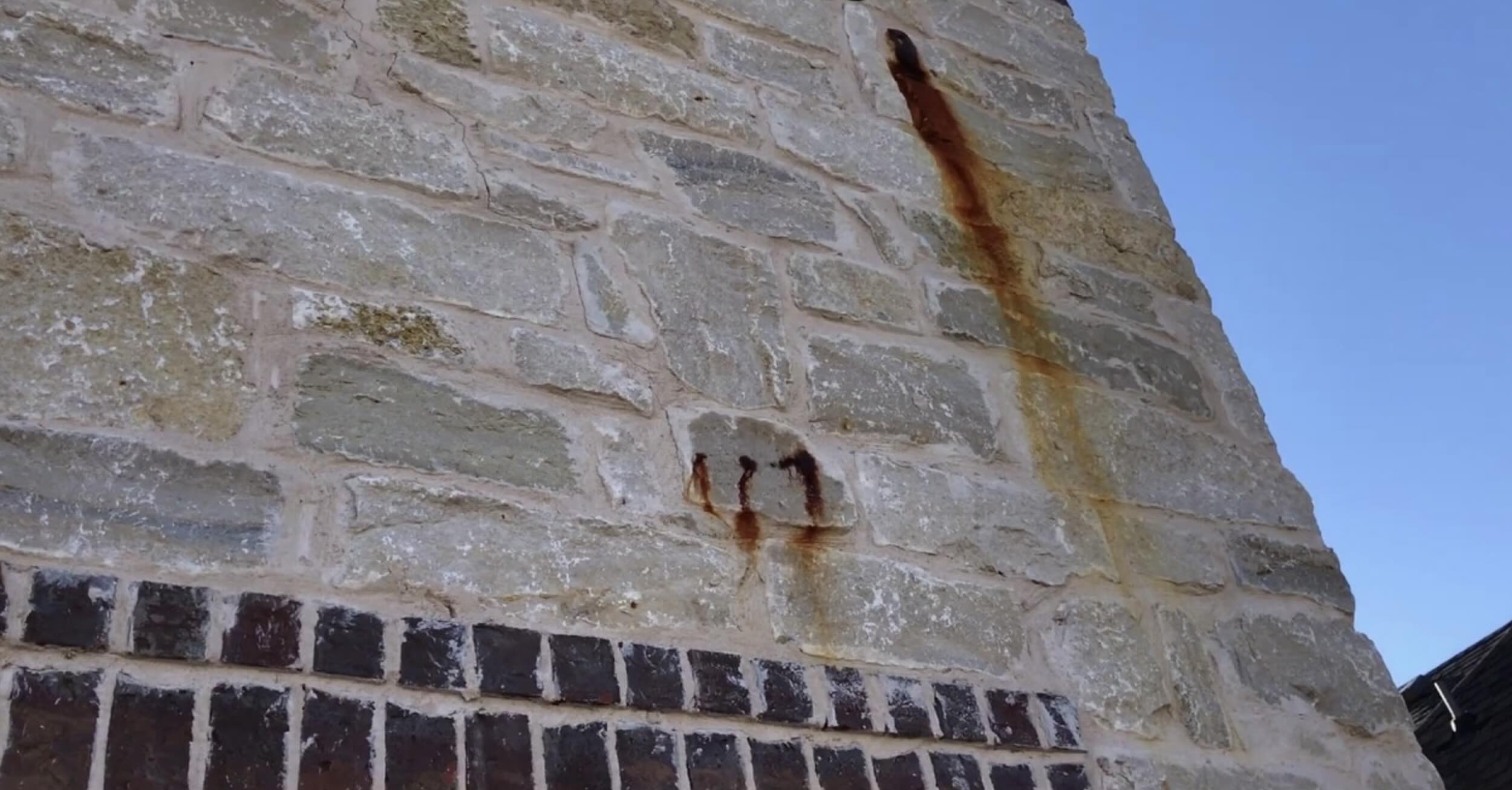
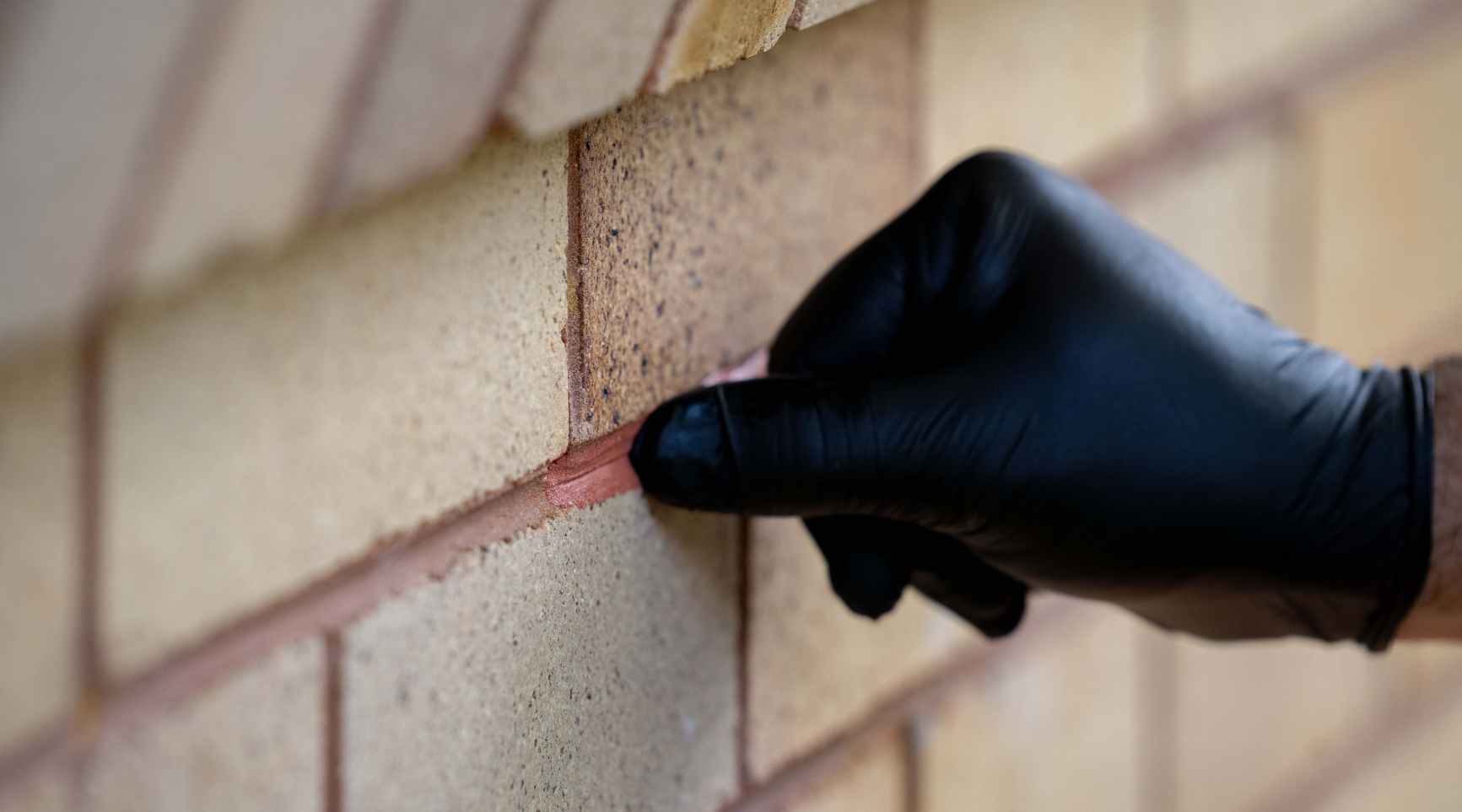
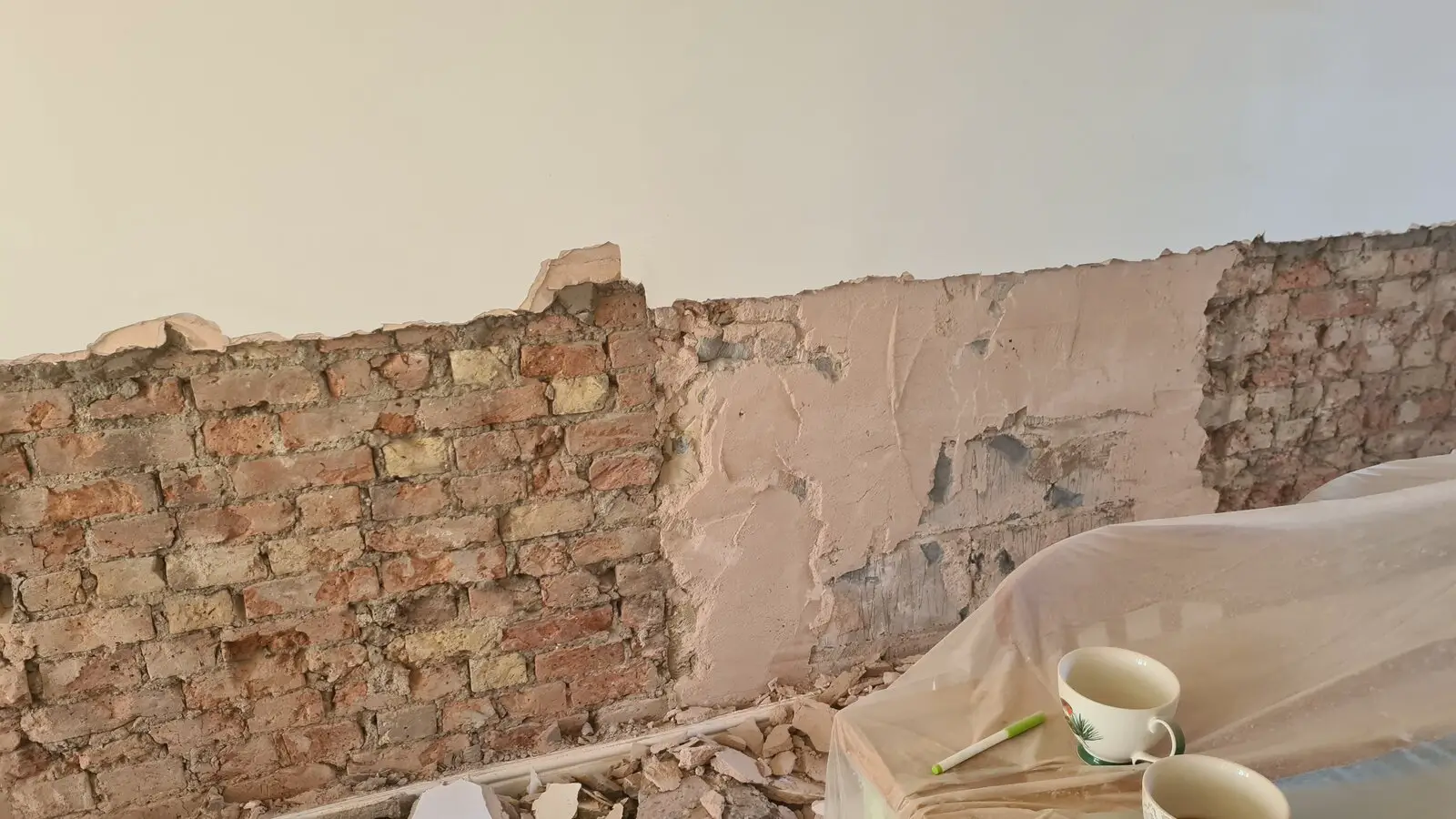
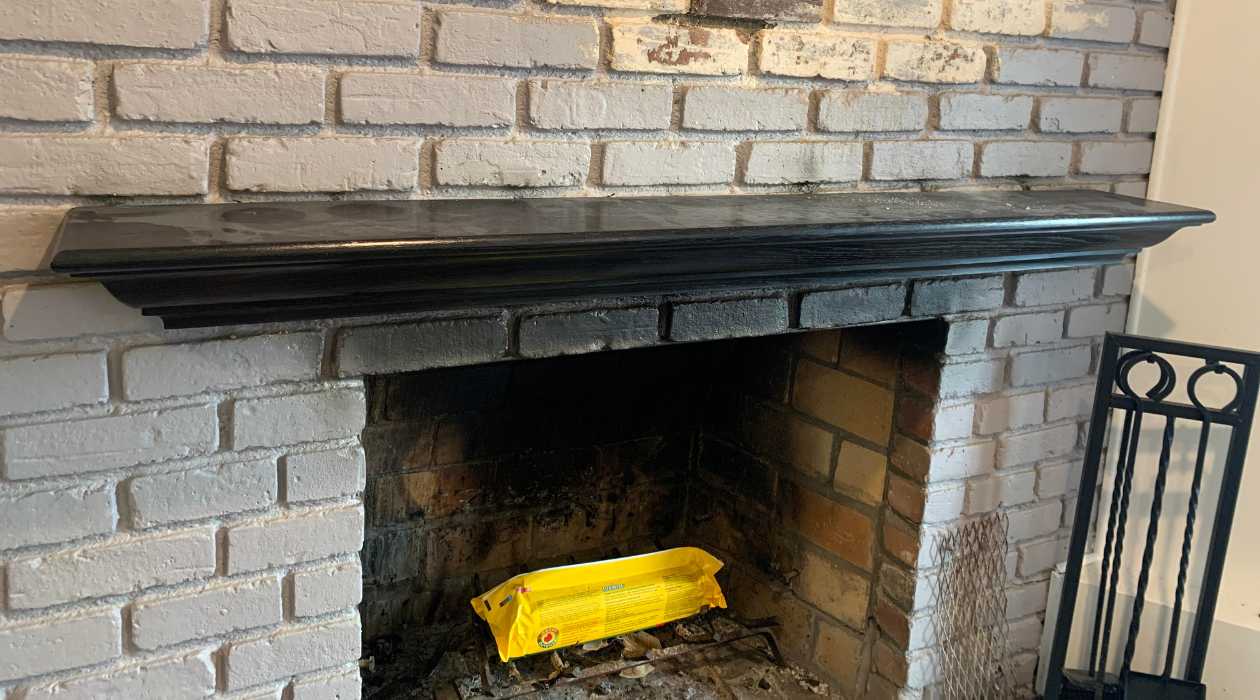
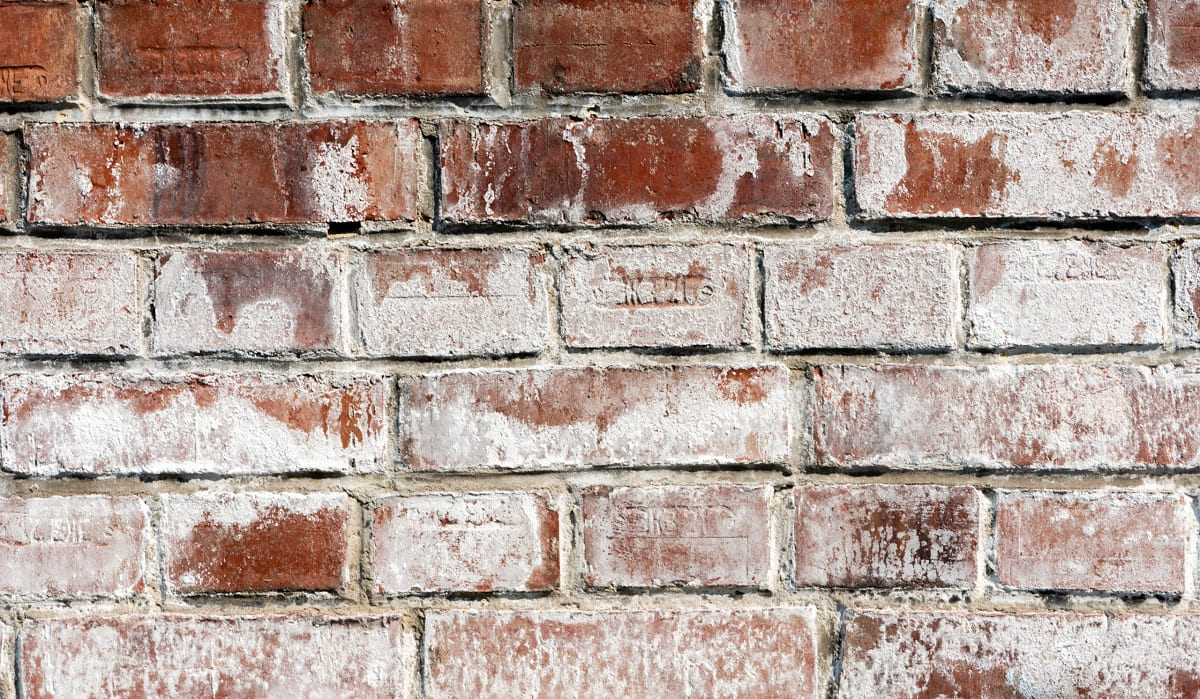
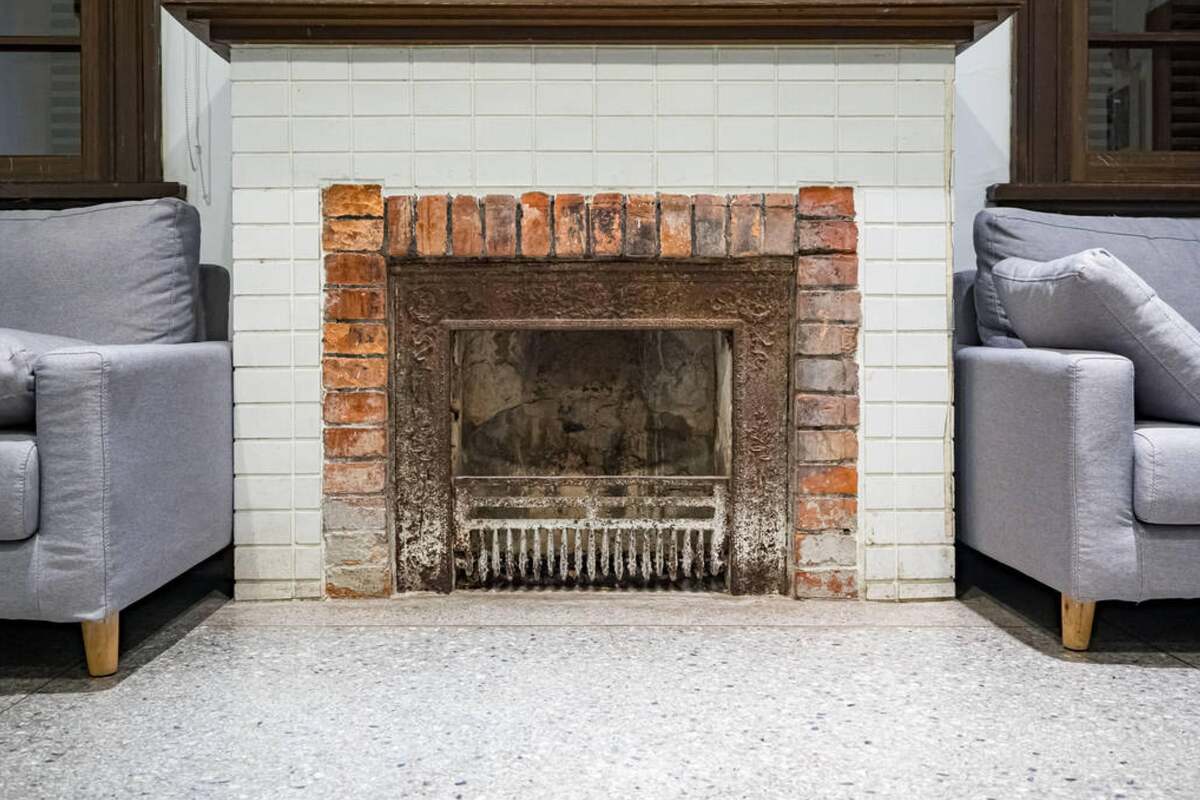
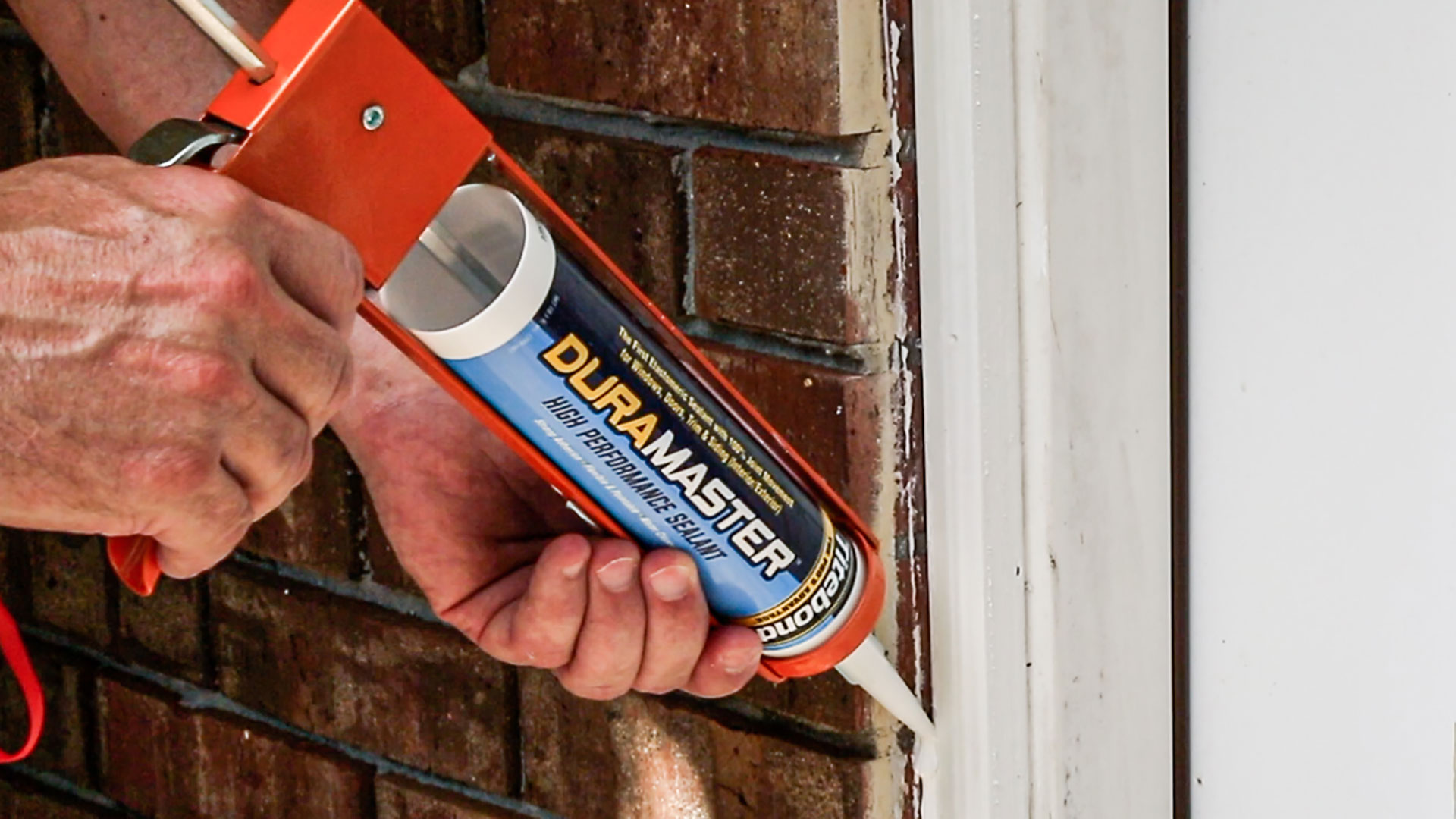

0 thoughts on “How To Remove Graffiti From Brick”